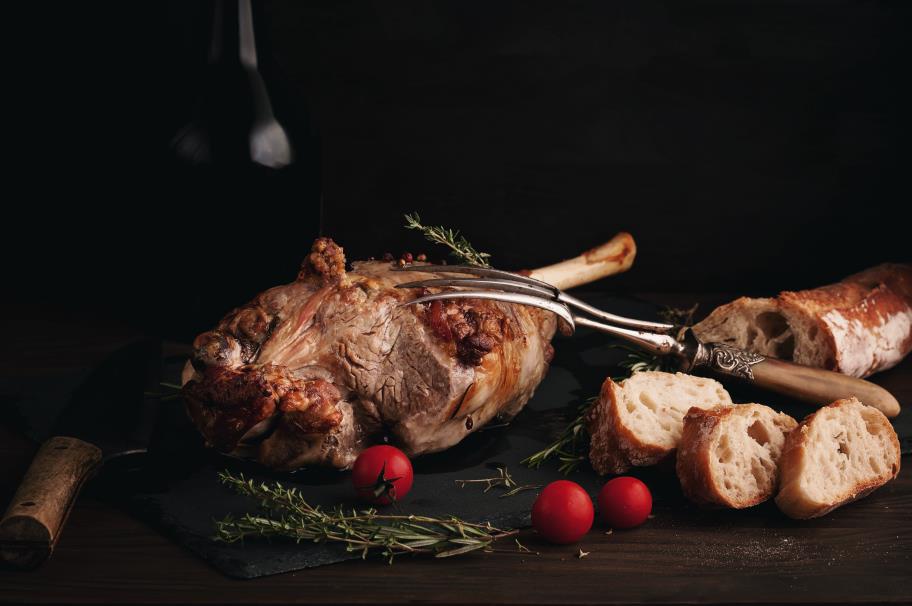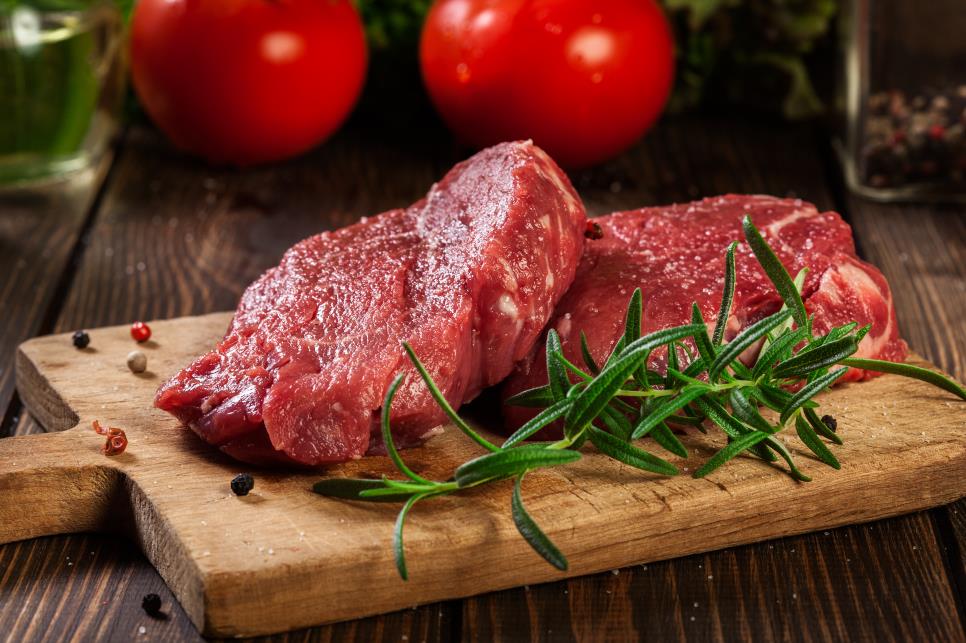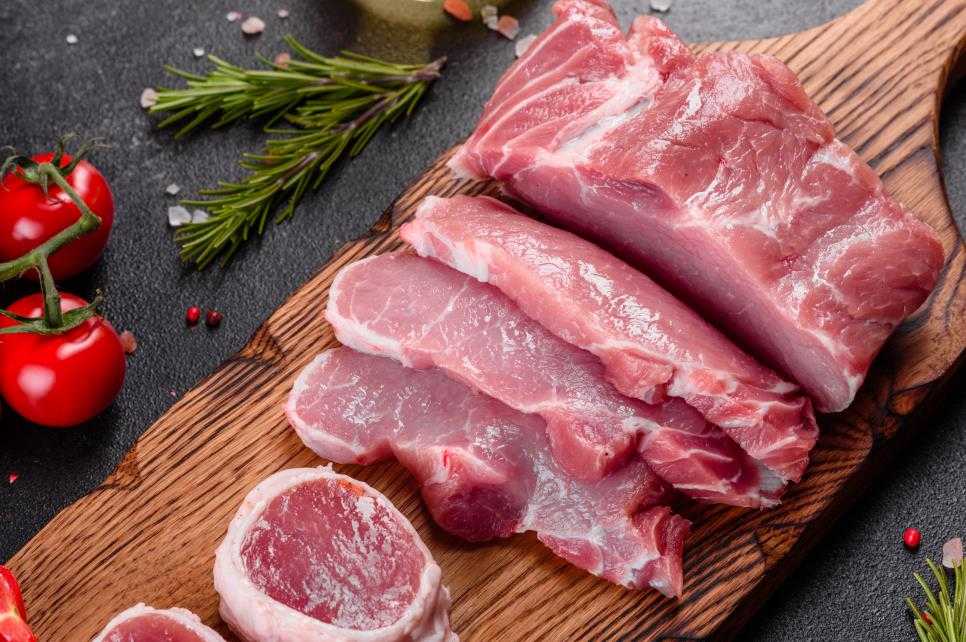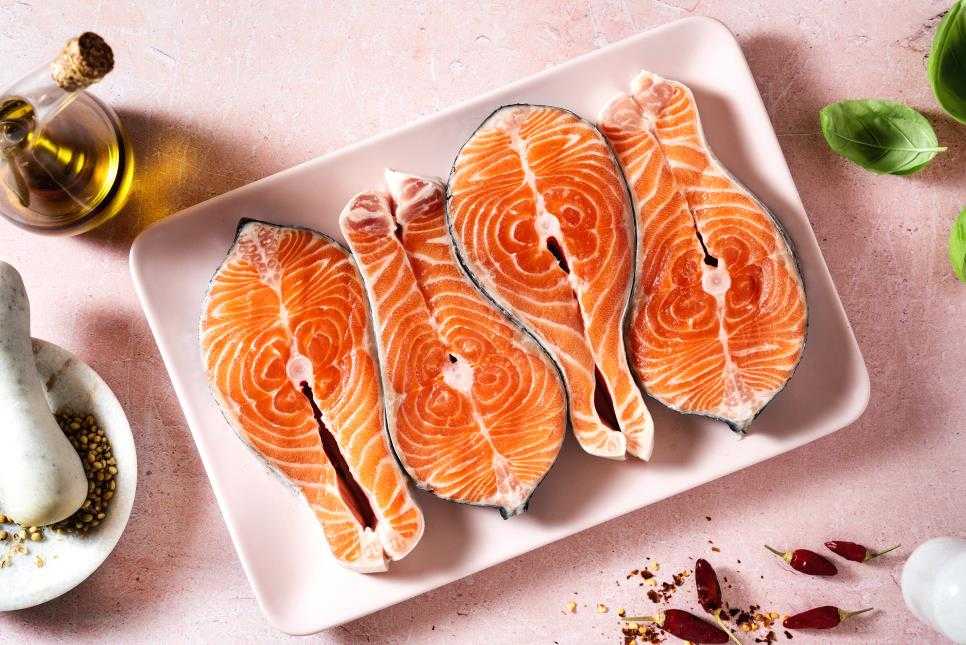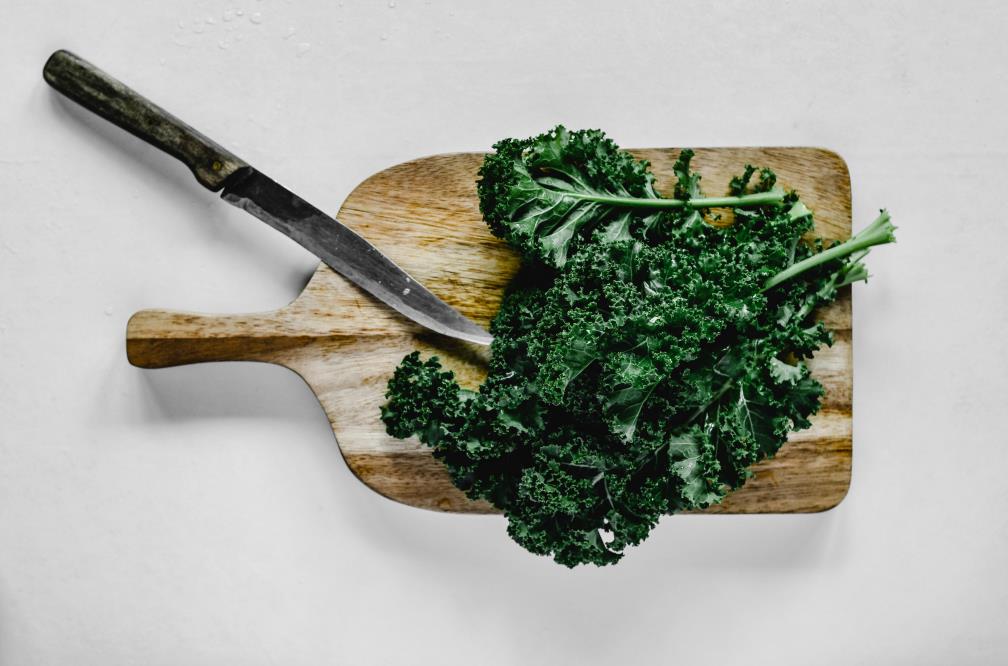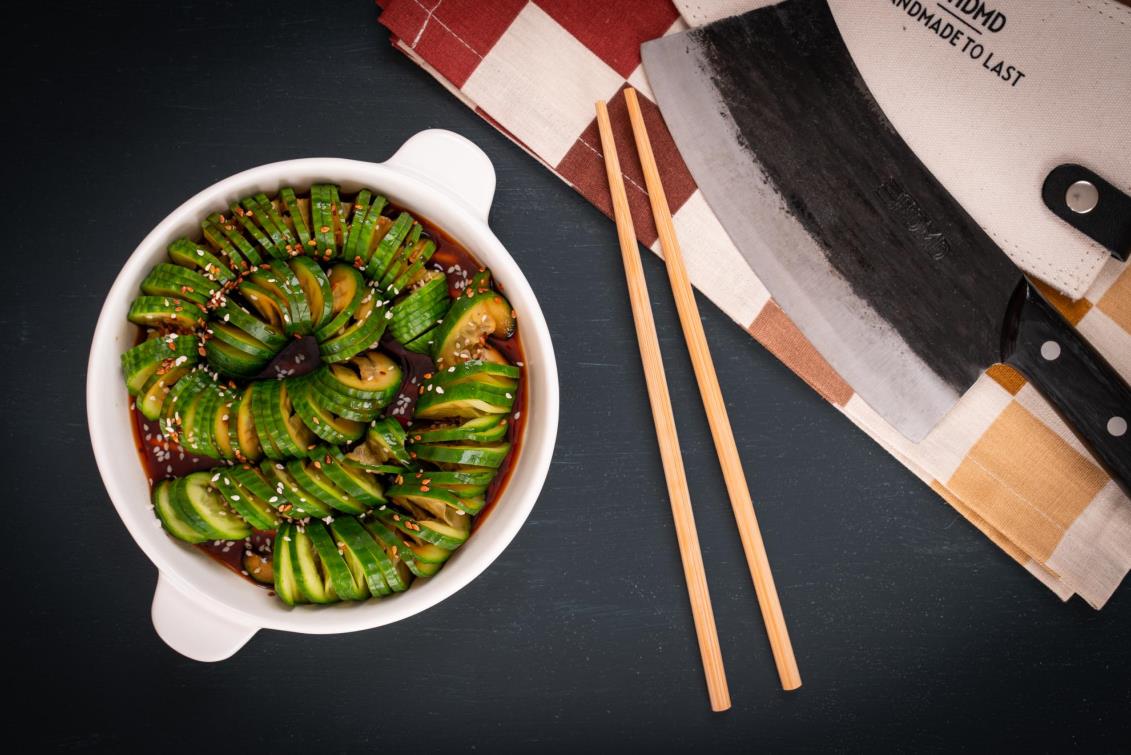Pears are juicy and full of fibers. With other fruits, pears can be used in salads, or you can eat them as a mid-day snack. They will make you feel full for longer, making them the perfect healthy snack, but those looking to gain weight can also utilize them to reach their targeted calories.
Cutting a pear is similar to slicing apples, but specific things that separate them require pears to be cut differently. Learn how to cut a pear in this article, along with everything you need to know about this sweet fruit.
Table of contents
Prepare the pear
Before cutting a pear or any other fruit or vegetable, you need to do some preparation. After unpacking pears from the grocery store, make sure to wash them thoroughly to get rid of pesticides and dirt. A quick rinse under running water and gently rubbing is all it takes to clean them properly.
Additionally, you can peel the skin of the pear if that’s how you like your fruits. If you have cardiovascular problems, high blood pressure, or cholesterol, we highly recommend not peeling the skin as it contains many nutrients that help these.
After cleaning and drying your pears, all you need to cut them is a chef’s knife or paring knife and a stable cutting surface.
Cutting pear with a quality chef knife
True cutting power in the palm of your hand
Peeling the pear
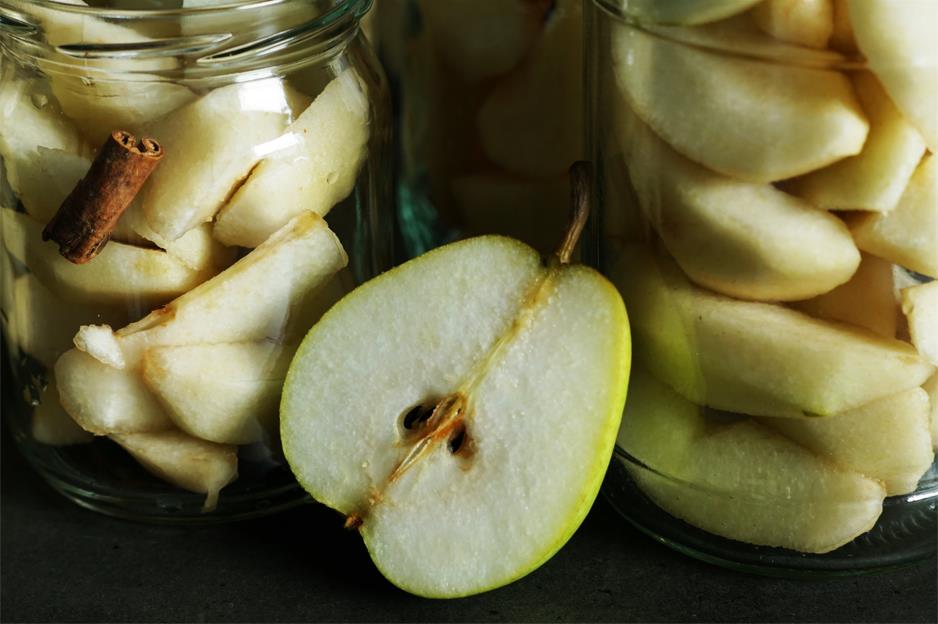
You can peel the skin of the pear if that’s what you prefer. To do this, you can use a paring knife or a regular Swiss peeler. Here is how to peel the skin of a pear.
- Make a 1/4 inch cut on the top of the pear.
- Start peeling from top to bottom.
- Follow along the curved bottom of the pear to remove all the skin.
Removing the skin is entirely up to you. As long as the pear is washed properly, you don’t need to peel the skin. As mentioned above, pear skin contains some antioxidants that can promote a healthier heart.
Coring the pear
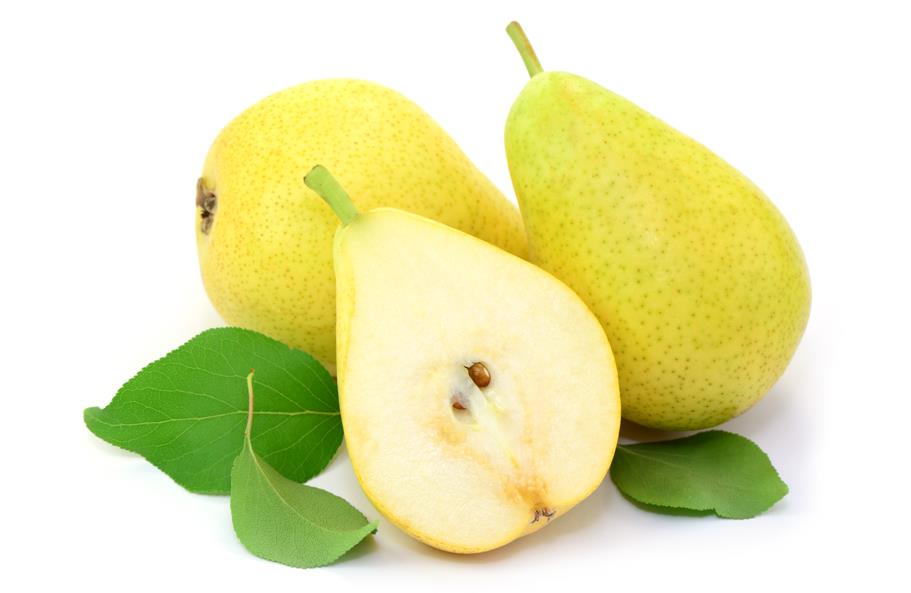
Before you get started cutting a pear, you’ll need to take out the core that contains the seeds. Though how you can core a pear depends a lot on how you’re going to cut it, here is the easiest way to do it, whether you peel the skin or not.
- Halve the pear from bottom to top.
- Make a triangle cut that isn’t too deep on the bottom and remove the blossom end from the halved pear.
- Pull out the stem end using the body of your blade. If it’s a very firm pear you’re cutting, you might need to make a slight cut to be able to pull it out.
- At last, spoon out the core using a dessert spoon or melon baller.
Additionally, you can take out the core the same way as you would do with an apple. To do it this way, cut the pear into quarters and slice the center using a knife.
Regardless of the way you core the pear, you’ll have an entirely edible fruit afterwards. Here is how to cut that in different ways.
Cutting the pear
Pear slices
- With the flat side of the halved pear on the cutting board, cut it in half to make wedges.
- Cut the quarter pear piece from the stem to the blossom end to get smaller slices.
- If you want more extended portions to maintain the shape of the pear, slice it vertically.
The sliced pears are perfect for making tarts and pies. They’re also a great way to cut them if you’re preparing a snack for yourself or a lunchbox for your kid.
Chopped pear
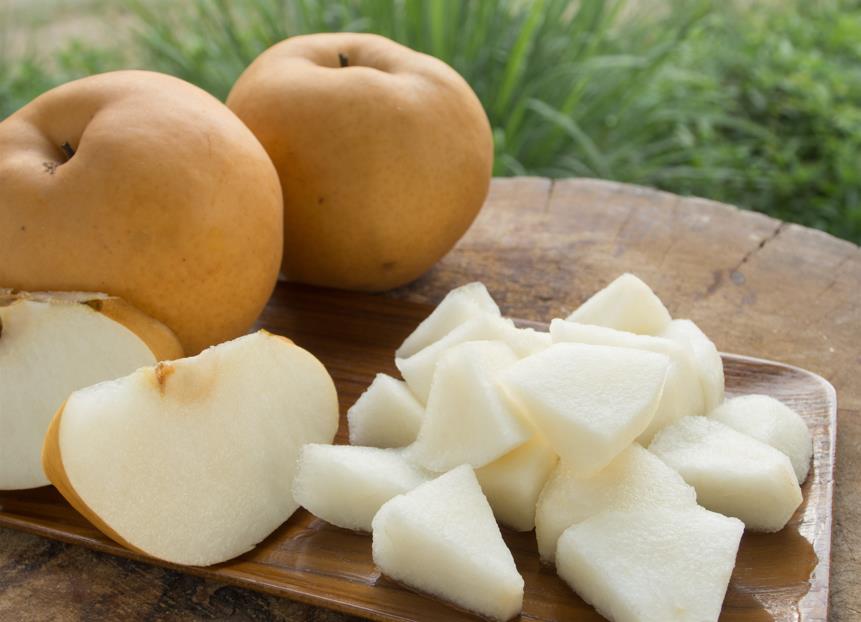
- Lay the halved pear on the cutting board and cut it three to four times to create long slices.
- Put the slices together and start chopping.
If you’re looking to get small pieces of chopped pears, go over them with your chef’s knife, kind of like mincing. Doing this will create tiny pieces of pears that are perfect for throwing in a fruit salad or yogurt to make a refreshing mid-day snack.
Pear wedges
Don’t let the bulb-like shape of the pear make you think otherwise. Creating pear wedges to serve on a small fruit bowl is pretty much the same as any other fruit. You just need to know how to work with your knife to make perfect pear wedges. Here is how.
- Cut the pear into quarters.
- With the stem and core removed, you already have wedges, but cut every piece further in half if you want smaller wedges.
- Make sure not to cut the pear into very slim wedges as the narrower half can break up easily and won’t look as pleasant.
How to prevent pear from browning?
Like many similar fruits, pears slowly start to turn brown after cutting them due to air exposure. There are ways you can prevent this from happening. The easiest method to prevent browning is to apply a bit of lemon juice over the cut pears.
If you’re preparing pears for something later and looking for ways to get in the way of browning overnight, your best bet is to soak them in cold salt water or lemon water. You need to add about half a teaspoon of salt and a full teaspoon of lemon juice into the water for each pear. Increase the volume of the water and lemon/salt as you’re preserving more pears for later.
Pear storing methods
Applying the above method to prevent them from browning is also an excellent storing method. After all, you’re doing this to make sure pears stay fresh overnight. Additionally, you can apply a little lemon juice without water and keep them in the refrigerator to eat later during the day.
Pears are best consumed within three days of purchase, and you can store them for up to five days in the fridge when whole. If you don’t have free space in the refrigerator, you can keep them away from direct sunlight at room temperature. Keeping pears at room temperature also helps the ripening process.
Pear nutrition facts
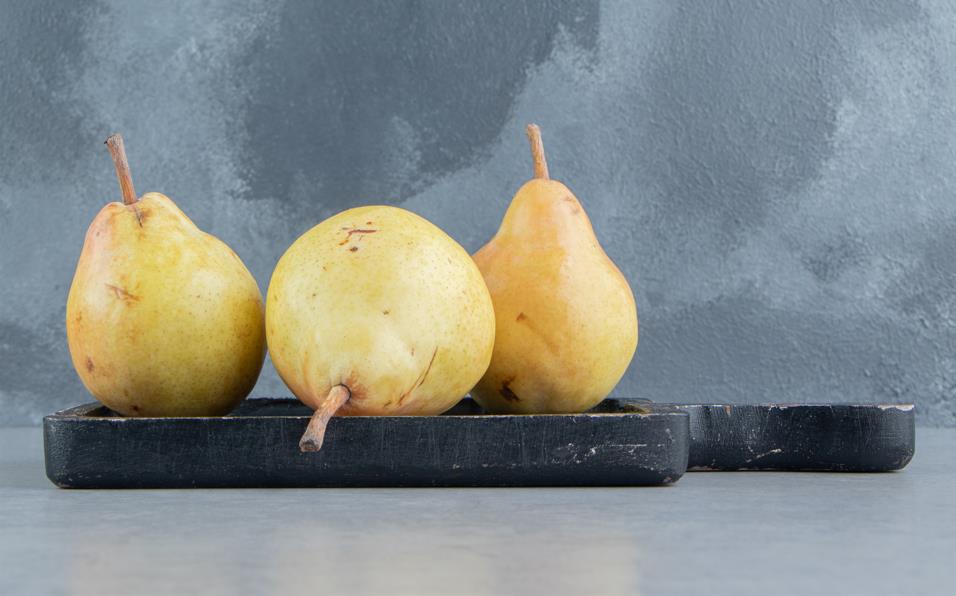
A medium-sized pear has the following nutrients, according to the USDA.
- Calories: 101
- Carbohydrates: 27 g
- Protein: 1 g
- Fiber: 6 g
- Vitamin C: 4.4 mg
Pears promote gut and cardiovascular health, and they have anti-inflammatory attributes. That’s why doctors and dermatologists recommend eating these types of fruits to reduce scar marks. The high fiber content in pear also contributes to digestion, and eating a pear after meals can help with hard to digest foods like beans, spices, and artificial sugars.
Closing up
Cutting pears, or any fruits can seem intimidating at first, but with the right tools and techniques, it can be a simple and quick process. Whether you prefer to cut them into wedges, slices, or dice, the most important thing is to use a sharp knife and to handle the pears with care to avoid injury. Don’t be afraid to try different cutting styles to find what works best for you and your recipe. With a little practice, you’ll be able to cut pears like a pro in no time!
FAQs
How much pear is too much?
Eating from one to three pears doesn’t have any noticeable side effects. However, pears can be considered a high-calorie fruit as they contain natural sugars, thus, carbohydrates. Eating one too many pears can promote gaining weight. Additionally, eating more than four pears a day can cause gas and diarrhea.
Can I eat pears every day?
Eating one or two pears every day has no health risks. You can eat them every day without a worry, and in fact, consuming one to two pears meets your body’s fruit needs adequately. The high dietary fiber content makes them a favorite fruit to eat every day without leading to an upset stomach.
How to tell if a pear is ripe?
Selecting ready to eat pears at the store can be tricky because they ripen from the inside out. To see if a pear is ripe, you should apply a slight pressure near the end of the stem where the fruit is narrower. If it gives a little, it’s ready. If it’s too soft to the point where it just breaks apart, it’s overripe. If too firm, it’s not ripe yet.
We recommend not purchasing overripe pears unless you plan to use them for smoothies, pancake toppings, or jam.
How to ripen pear fast?
If the pears you’ve bought from the store aren’t ripe enough, you can make this process faster by placing them in a brown paper bag and store at room temperature, in a dark place like one of the drawers in your kitchen. You can also throw one or two ripe apples in the bag to make this process even faster as they release Ethylene, the natural plant hormone that begins the ripening.
Are pears and apples in the same family?
Pears and apples are related closely, but that doesn’t mean both fruits are the same. Pear and apple have distinctive tastes, and you can quickly tell one from another by looking at the shape. Nevertheless, pears and apples belong to the same Rosaceae family, roughly translating to the rose family of plants.







